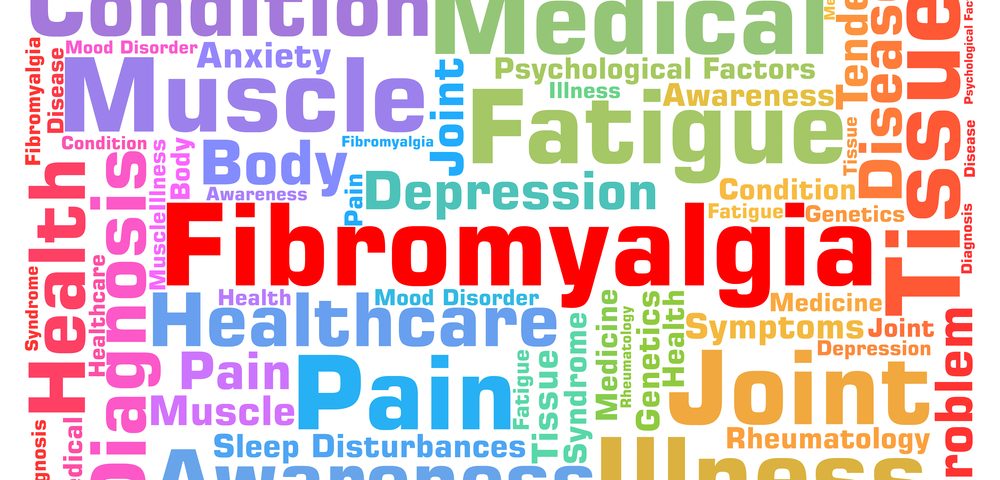Changes in brain gray matter volume (GMV) in people with fibromyalgia reflect alterations common to other chronic pain conditions, according to a new study that found similar alterations related to osteoarthritis.
The research, “Subtle changes of gray matter volume in fibromyalgia reflect chronic musculoskeletal pain rather than disease-specific effects,” appeared in the European Journal of Neuroscience.
Neuroimaging studies in people with fibromyalgia have shown changed GMV compared with healthy controls. But research in chronic pain of other origin has shown similar alterations in overlapping brain regions. As such, it is still unclear whether the reported changes in gray matter — made of cell bodies, their projections, and the sites where neurons communicate (synapses) — are specific to fibromyalgia or reflect general chronic pain processes.
A team with the University Hospital Muenster, in Germany, assessed this gap by comparing 25 women with fibromyalgia (mean age 52.6 years) to both 23 patients with chronic pain caused by osteoarthritis (54.1 years), and 21 healthy participants.
To be included, fibromyalgia patients had to have widespread pain for longer than six months. They also had to not regularly take pain or central-acting medications — such as antidepressants, benzodiazepines or sedatives — or stop their use 72 hours before the study began. Similarly, the patients with osteoarthritis had to have experienced chronic pain for at least three months, at the knee, hip, or shoulder. They also were asked to discontinue pain medication or central-acting therapies.
In addition to magnetic resonance imaging scans, the participants were asked to rate their pain intensity. Health-related quality of life was analyzed with the German version of the Short-form 36 Health Survey. Depression-related symptoms were assessed by the Patient Health Questionnaire-9. The Childhood Trauma Questionnaire was used to determine the severity of different types of childhood and adolescence trauma, including emotional, physical and sexual abuse, and emotional and physical neglect.
Fibromyalgia participants showed a trend toward greater overall pain levels, as well as longer pain duration (15.8 vs. 4.6 years), and increased widespread pain compared with those with osteoarthritis. The group with fibromyalgia also had more somatic symptoms, more depression-related symptoms, and higher scores in childhood and adolescence trauma than the two other groups.
The data further showed that people with higher fibromyalgia scores had greater scores in assessments of trauma and depression-related symptoms, as well as longer duration and intensity of pain.
Total GMV did not differ across the three groups and was lower with older age and longer duration of chronic pain. Also, the higher the GMV, the greater the height of the participants.
A subsequent analysis using different thresholds found that patients with either fibromyalgia or osteoarthritis had similar GMV changes compared with the controls. Specifically, these were increases in the left precentral gyrus (ridge) — implicated in voluntary movements — and decreases in two cortical clusters, located around the left middle temporal gyrus and left angular gyrus/middle occipital gyrus.
With the exception of the precentral gyrus, fibromyalgia and osteoarthritis patients with lower GMV in these brain areas had greater pain severity and duration.
“We conclude that [fibromyalgia] does not lead to disease-specific alterations but to primarily pain-related alterations highly similar to other chronic pain conditions,” the team said.

